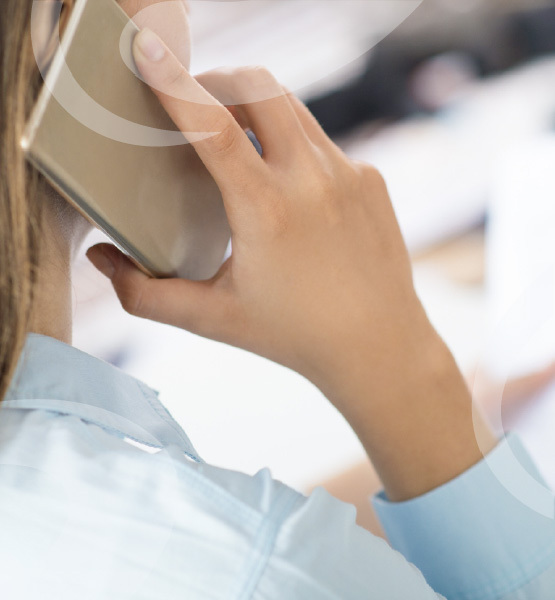4 Essential Elements of a Powerful Sales Pitch
In the age of digital marketing, there are now many ways to communicate with your audience. Each touchpoint is an opportunity to pitch your product or service and businesses that prioritize these opportunities are bound for success.
Whether it’s through a sales call, marketing email, in-person meeting, or web chat, the key parts you need to build a powerful sales pitch remain the same. Below are 4 important elements your sales pitch should always have.
1. A Personal Message
Make your message feel personal, so prospects see it isn’t another generic marketing pitch. Show that you know about them and their needs and are reaching out to them specifically to help.
It’s a common sales mistake to focus too much on how great your product or service is and not enough on why prospects need it. You can do this by researching their specific needs and drawing attention to how your product or service addresses those needs.
Say you’re pitching a social media management tool, for example. You could check out your prospects’ social profiles and note any gaps in their posting and engagement. Draw attention to these personal pain points in the beginning of your sales pitch, and then position your product as a solution.
2. A Compelling Solution
If your prospect knows anything about your product, they probably already realize how it can help them address a pain point. The real challenges are illustrating:
- Why fixing this problem is worth spending their money, and
- Why they should choose your product over a competitor
Using the social media management tool example, the selling point shouldn’t be “It helps keep your social profiles updated.” The pitch should focus on the end result, such as generating more leads, driving revenue from social, improving retention through better customer service, etc.
Your pitch should also include a unique selling proposition (USP) that differentiates you from your competitors. Whether it’s about your pricing, your company vision, your history, or anything else, your USP should set you apart in a way that your product or service alone might not.
3. Social Proof
No matter how much you personalize your message and focus on the benefits, your audience still views it as an agenda-driven sales pitch. Instead of taking everything you say at face value, they want to see outside evidence that your product/service is worthwhile.
Make this social proof easy to find by including it on your landing pages, cold pitch emails, and in-person sales presentations. Here are some examples of social proof you can use:
- Testimonials
- Third-party reviews (embed them on your site)
- Case studies
- Supporting statistics and data
Even if your business is just starting out and you haven’t garnered a lot of reviews yet, you can enlist the endorsements of other industry players to add social proof. All the top SaaS companies out there make great use of social proof on their landing pages. Advanced Web Ranking, for example, lists high-profile customers, endorsements from industry leaders, high-profile press mentions, etc:
![]()
4. Following Up
Follow-ups are arguably the most important element of a powerful sales pitch. Sales and marketing data shows persistence is the path to success: 50% of sales happen after the 5th contact, despite the fact that 44% of salespeople give up after one follow-up.
Include follow-ups as part of your sales pitch plan from the beginning. If it’s a cold email, schedule a series of automatic follow-ups. If it’s a sales call, use your CRM software to schedule and remind sales reps to follow up.
Follow-ups are also very important for businesses that offer a freemium service and need to encourage users to upgrade to a paid plan. Here’s an example of a follow-up sales email from MarketingProfs that serves this purpose:

Despite your best efforts, the majority of your sales pitches will end with your prospect interested but not ready to purchase. So don’t make it a one-off opportunity to sell or fail. Build a relationship with your prospect over time to convince them to buy.
Next Steps
Succeeding at sales is a process that always entails significantly more failure than new business. But those who invest fully in it and focus on optimizing pitches for their audiences are on the road to way more success than those who don’t.
Include these 4 elements in every sales pitch, persevere, listen to your audience, track results, and make changes as necessary to build a powerful sales strategy that helps you consistently meet your revenue goals.




